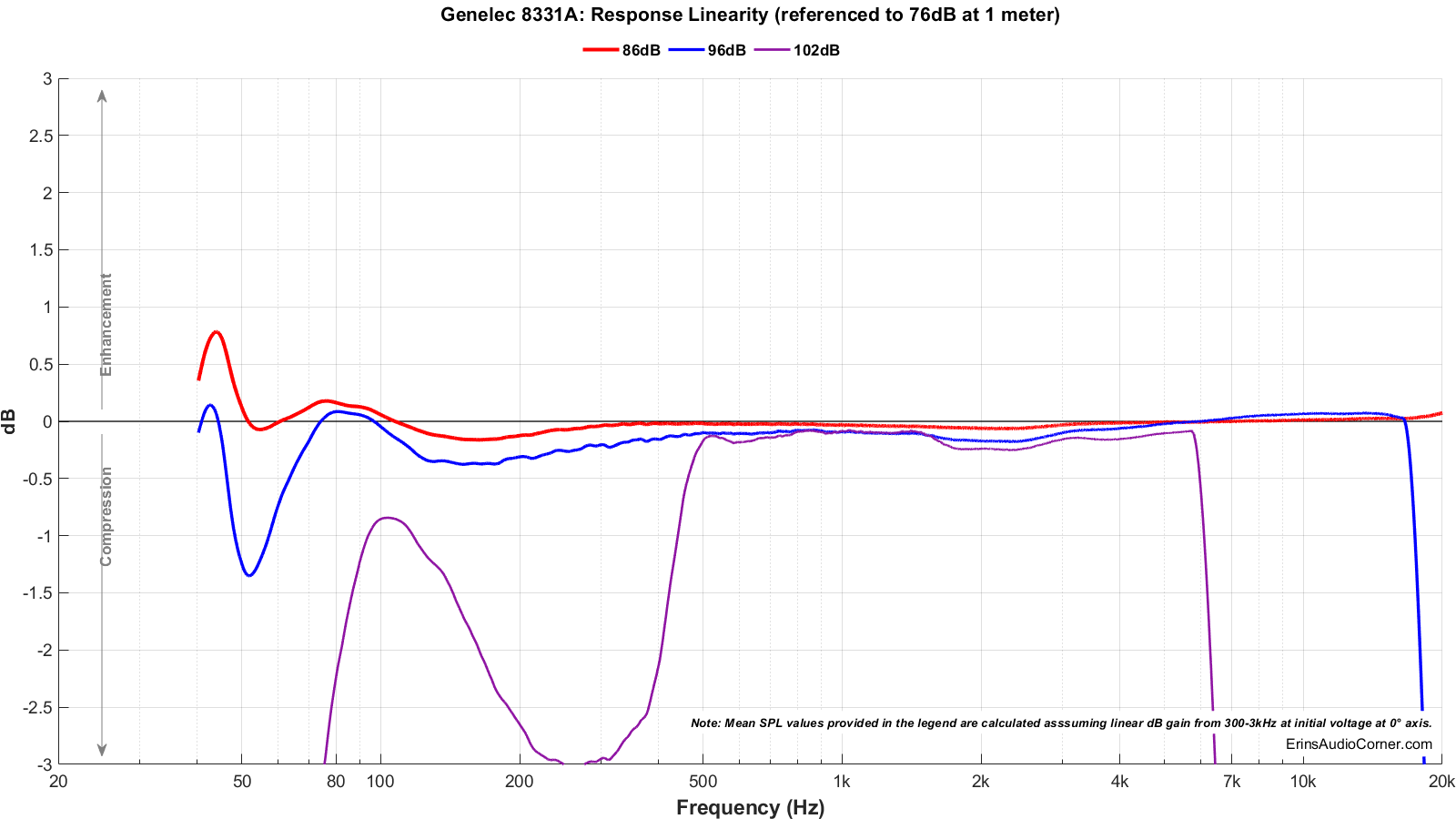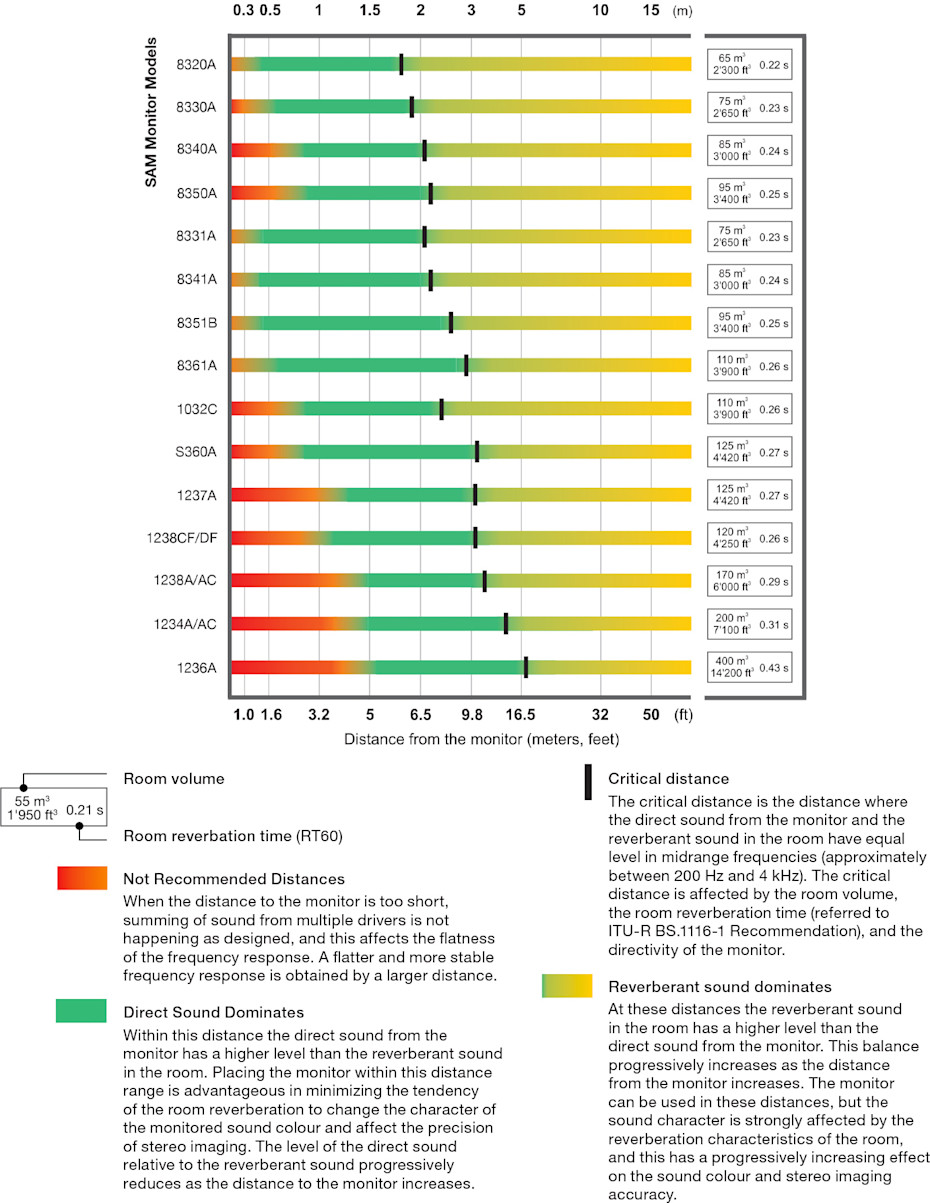It was measured with Klippel NFS in a normal configuration (tweeter, mid, woofer).
But changing the orientation of tweeter by 90deg and then laying the speaker on it's side for center channel use, wouldn't change the spin data in any significant way...because the distance from tweeter to midrange is still the same, regardless of tweeter orientation.
It gets recommended because this speaker measured very well and came in 3rd in terms of PS for US$1700/pair.
If another bookshelf speaker's tweeter could be rotated the same way, but didn't have a high PS, then it wouldn't have made my recommended list.
For example, another manufacturer, Adam made their latest generation,
A series, with rotatable tweeters. We have yet to see their spins.
You mean Martin Logan speakers that look like this?
Martin Logan Prodigy:
Martin Logan Vista:
You see anything worth recommending for an average consumer who wants a neutral speaker?
The spinorama looks awful, plus the PS will be bad accordingly.
Electrostatic speakers have a sound signature that only a few people enjoy, due to their design methodology.
It's not something an average consumer prefers, and the preference score (and spinorama) shows this.
Plus, their pricing is completely out of whack, and overpriced (vs traditional speakers anyway).
So there's little chance for them to compete with traditional speakers, and make it on my list.
If you bought electrostatic speakers, my list isn't for you. But then again, you already know they're not neutral speakers, so you don't care about that and want their "sound character" above anything else.
Thanks.

Yeah, output capability of a speaker is not a single metric. I wish it was.
You can look at both Amir's and Erin's distortion handling to see 2 things: how much distortion there is, relative to another speaker, and whether the frequency response changes at that level of distortion (for example: studio monitors with a limiter will likely compress frequency response because the limiter protects the speaker from exertion).
Here's an example of speaker (Neumann KH420) with a limiter kicking in to protect the tweeter at 106dbSPL. Look at the frequency response line on top, which starts to drop beyond 10khz.
Erin goes further and provides us with his "Dynamic Range (Instantaneous Compression Test)", which is very useful to illustrate how much (if at all) the output changes as a speaker’s components temperature increases (i.e., voice coils, crossover components) instantaneously. Here's
8331A:
You can see the limiter kicking in and at what frequency. Based on this, you can easily see the limitations of the speaker and as at what frequency you should be crossing over to a subwoofer.
Lastly, you can also look at general information like how many woofers and size of woofers the speaker has, to get a general sense of their performance. Example is Kef R5, R7 and R11. Just on the fact that Kef R11 has more woofers, means it will output more power than R5, R7.
But like I said earlier, we have no way of relating power output of speakers against each other with a single metric.
Also, depending on your sitting distance, you have to consider what is the minimum distance you need to sit from a speaker.
For example, here's what Genelec recommends:
Look "not recommended distance". When distance to the monitor is too short, summing of sound from multiple drivers is not happening as designed, and this effects flatness of the frequency response. A flatter and more stable frequency response is obtained by a larger distance.
You can get a sense of what distance by looking at this chart. Also, by knowing the size of the woofer, you can estimate this distance for non-Genelec speakers.
I hope that helped.





